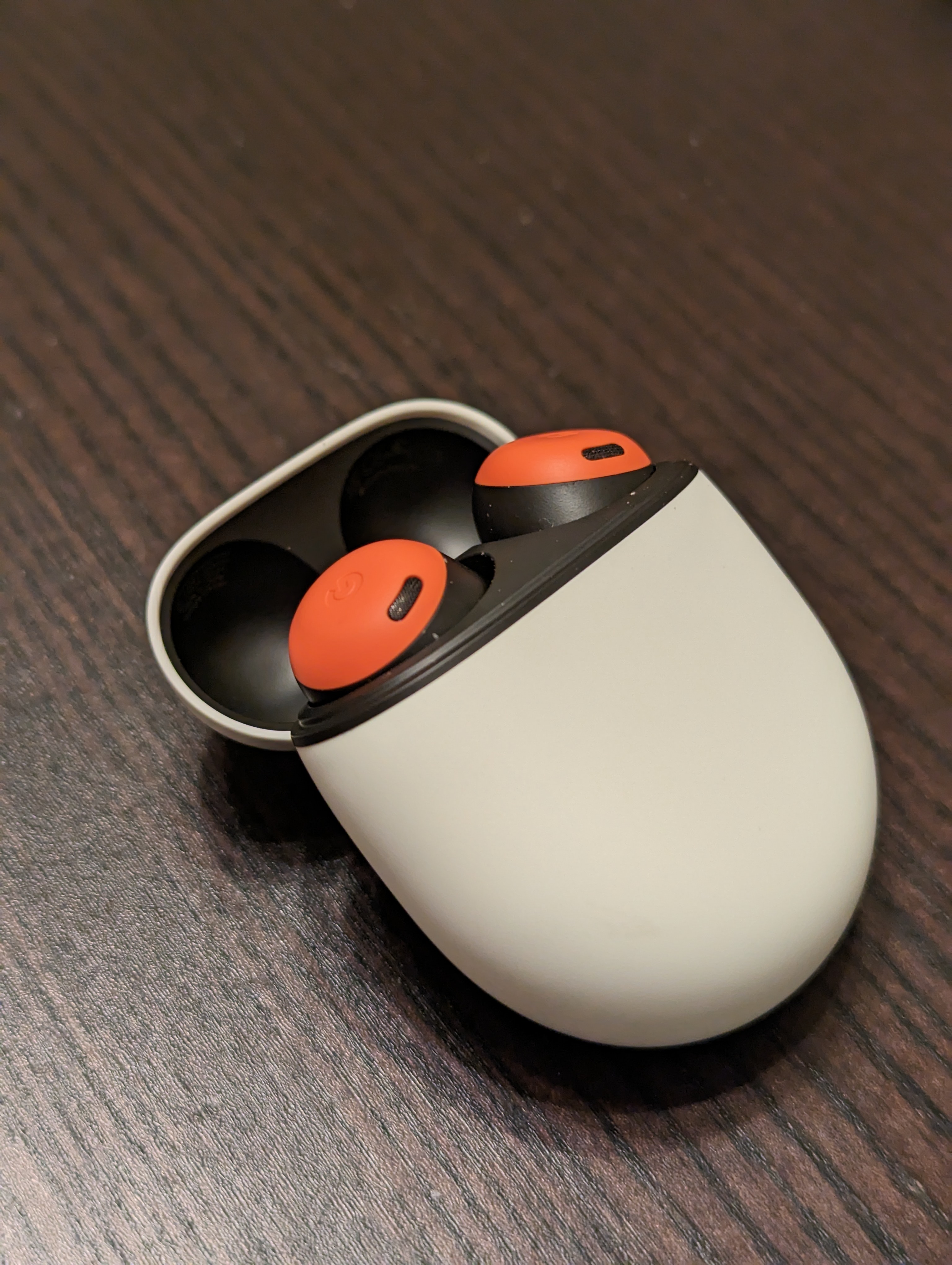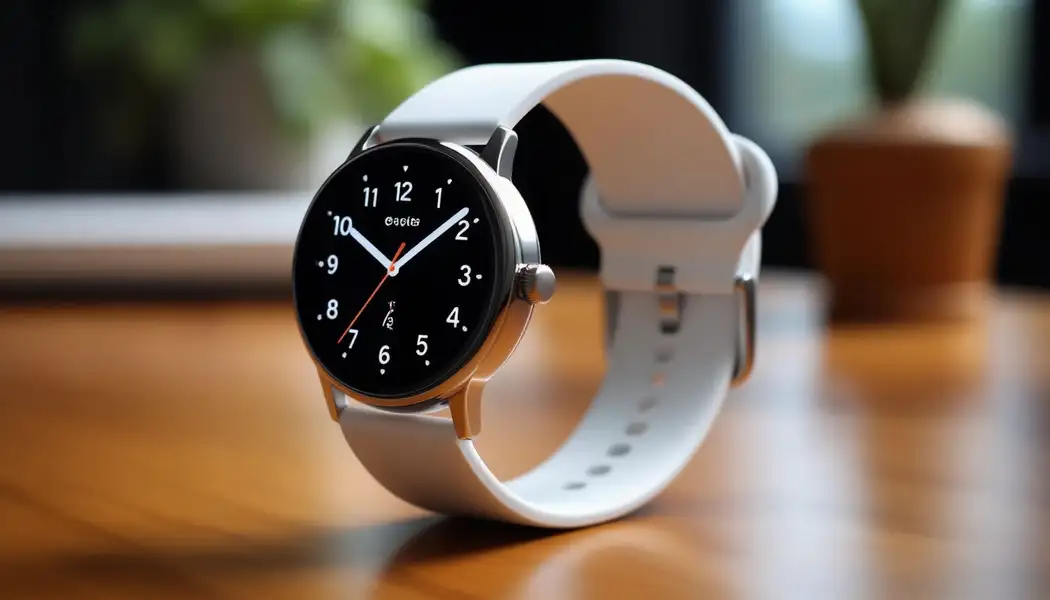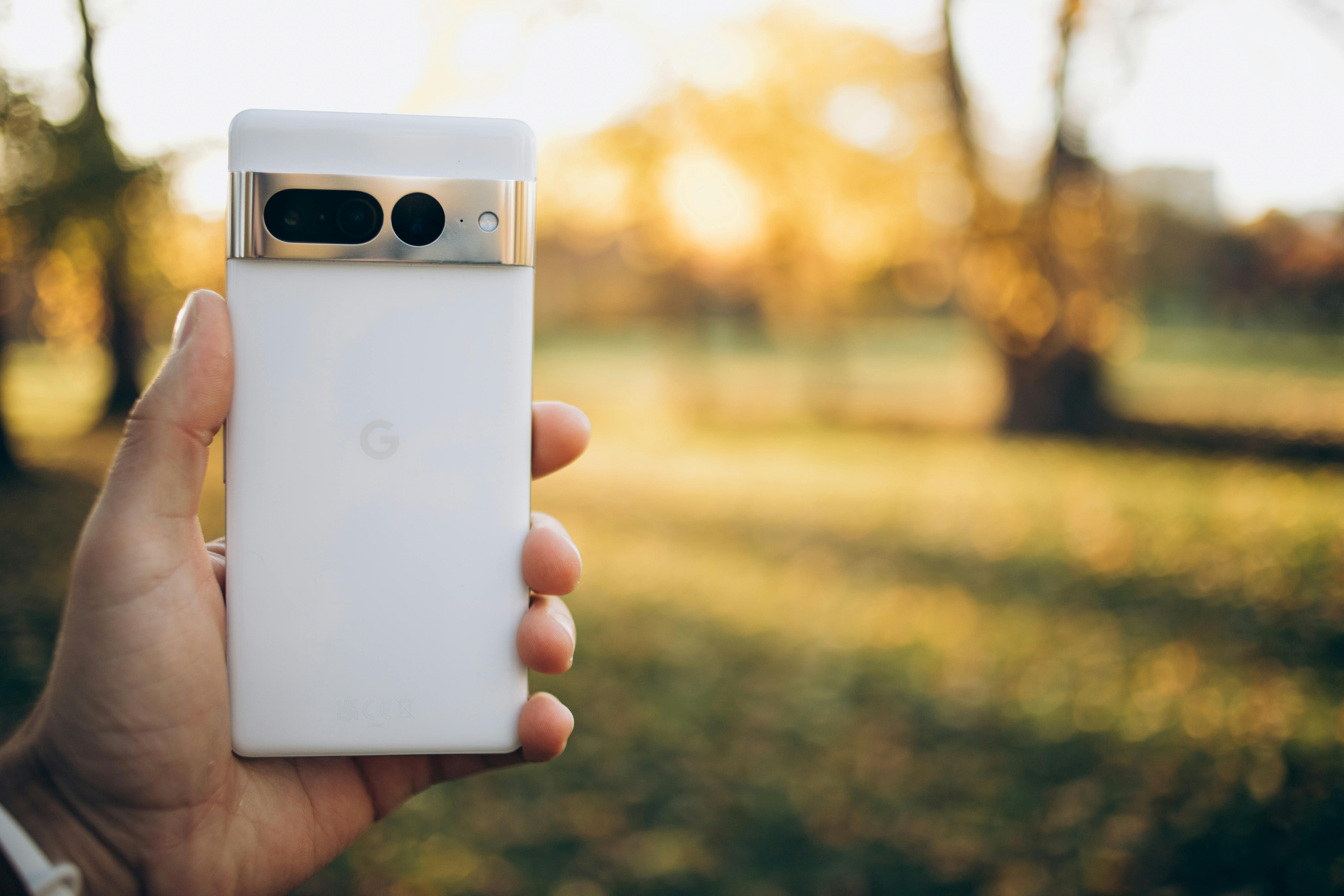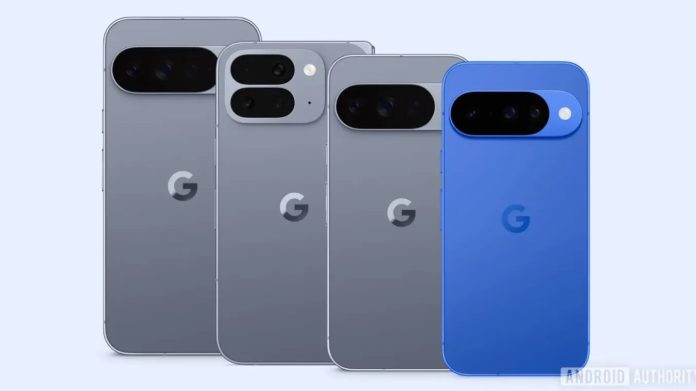
How does a smartphone launch become both a cultural event and an exhibition of state-of-the-art engineering? On August 20 in Brooklyn, Google will try exactly that, commemorating a decade of Pixel phones with a roster that ranges from flagship phones to a next-generation foldable, advanced wearables, and audio equipment enfolding appearances by Jimmy Fallon, Stephen Curry, Lando Norris, and the Jonas Brothers. Under the sheen of celebrity are a series of hardware improvements that reflect the maturity of Google’s design and production capabilities.

1. Pixel 10 Series: A Decade in the Making
Pixel 10, Pixel 10 Pro, and Pixel 10 Pro XL carry on Google’s legacy of incremental improvement, but the real hero is the Pixel 10 Pro Fold. The series achieves ten generations of Pixel smartphones, a benchmark Google is highlighting with the slogan “Get outside your comfort phone,” a clear call to action to entrenched competitors. The design language is still recognizable, but the engineering emphasis has turned toward performance efficiency and ecosystem integration, taking advantage of the Tensor G5 chip produced on TSMC’s 3nm process for better thermal control and long-term performance.

2. Pixel 10 Pro Fold: Durability Meets Display Innovation
The Pixel 10 Pro Fold is Google’s most sophisticated foldable engineering ever. It raises the cover display from 6.3 to 6.4 inches without a larger device footprint, by reducing bezels and hinge tolerances. Internal and external OLED panels both are now 3,000 nits peak brightness, which makes them more visible outdoors. The phone is predicted to be the world’s first foldable IP68 rated, providing complete dust sealing and water resistance up to 1.5 meters for 30 minutes better than Samsung’s Galaxy Z Fold 7 IP48. It comes with an 8% larger 5,015 mAh battery, accompanied by 30W wired charging and 15W Qi2 wireless charging. Though the triple-camera setup does not change in terms of hardware, optical zooming doubles from 5x to 10x, while AI-driven “Camera Coach” features are powered by Gemini.

3. Pixel Watch 4: Wearable Engineering Evolved
Google’s fourth-gen smartwatch comes in 41 mm and 45 mm variants, with 327 mAh and 459 mAh batteries respectively each around 7–9% larger than previous year’s variants. The case is 2 mm thicker, a design decision to house the larger cells. Charging is done through a revamped side-contact system, which brings 25% quicker refill but at the cost of backward compatibility. Satellite SOS messaging is supported by the watch when used with a Pixel 9 or 10, bringing emergency connectivity to the cellular dead zone. Bezels on displays become narrower, and brightness might equal the foldable’s 3,000-nit benchmark, enhancing readability outdoors in direct sunlight. Wear OS 6 integration adds optimized round-screen UI layouts and more advanced Gemini assistant features.

4. Materials, Protection, and Repairability
Pixel 10 Pro Fold IP68 rating necessitated redesigning hinge seals and internal gasketing to exclude particulates essential for foldables, where hinge mechanisms have long been dust-prone. On the wearable front, Google has suggested greater repairability for the Pixel Watch 4, perhaps facilitated by new charging design, though details are not yet public. These developments align with sustainability objectives debated by Google’s hardware group in earlier climate-themed forums.

5. Audio Ecosystem: Pixel Buds 2a and Pixel Buds Pro 2

Less visible but still significant, the refreshed earbuds bring Google’s adaptive ANC and spatial audio algorithms into play, with the Pixel Buds Pro 2 launching in a new Moonstone color to blend with other hardware. Low-latency audio for games and real-time translation capabilities are made possible with Pixel device integration and on-device AI.

6. Performance and Silicon Strategy
The Tensor G5’s transition to TSMC production represents a strategic change following previous Samsung-made Tensor chips. Though initial rumors warn that it is “essentially [a] TSMC-made G4,” the node reduction to 3nm should provide improvements in energy efficiency and prolonged workloads, most notably in AI inference tasks that are at the heart of Google’s software experience. The Pixel Watch 4 keeps Qualcomm’s Snapdragon W5 Gen 1 due to platform stability and the lack of a next-gen wearable SoC ready to go.

7. The Cultural Layer: Brand and Celebrity Positioning
By tapping into the likes of Fallon, Curry, and Norris each associated with distinct cultural universes Google is taking Pixel hardware and framing it as lifestyle tech rather than mere gadgets. McLaren F1 collaboration, with Norris at the helm as brand ambassador, reflects the engineering exactitude brand story, while Curry’s Pixel Watch cameos discreetly reinforce the wearables fitness monitoring reputation.

The August 20 keynote will therefore be both a marketing event and a showcase of Google’s hardware engineering sophistication ranging from dust-resistant foldable hinges to brighter, more power-efficient wearable screens celebrating a decade of Pixel innovation in anticipation of what comes next.


